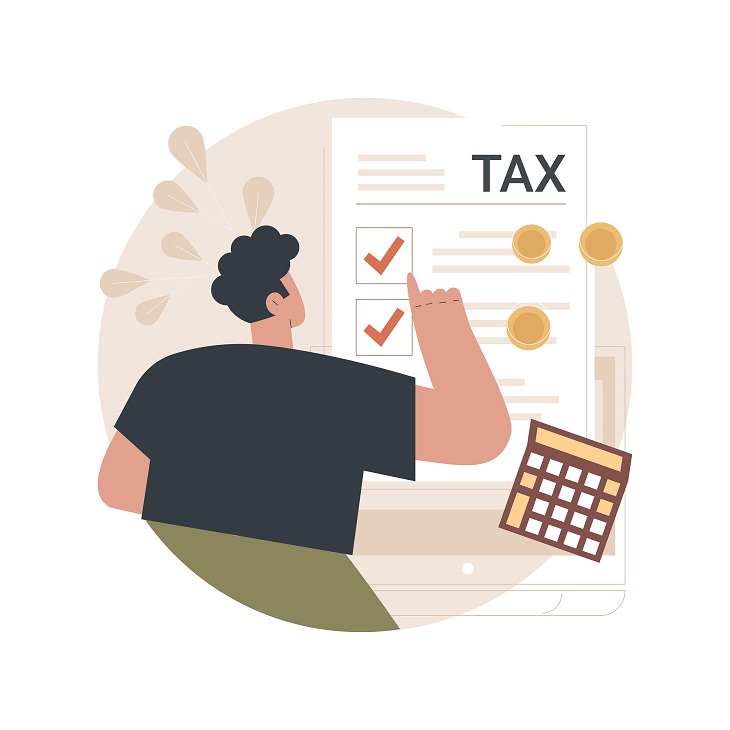Pay Stubs After Job Loss : Unemployment Basics Guide
Pay Stubs After Job Loss: Essential Unemployment and Income Guide
Pay Stubs After Job Loss are critical for employees navigating unemployment, income verification, and financial planning. Losing a job can be stressful, but understanding how pay stubs reflect earnings, deductions, severance, and accrued benefits helps maintain accurate records. These documents are also necessary for unemployment claims, tax filings, loan applications, and future employment verification.
Why Final Pay Stubs Matter After Job Loss
Final pay stubs provide a transparent breakdown of income earned, deductions applied, and any benefits or severance paid. They help employees verify that all owed wages are received and support financial planning during the transition period.
Internal links for further reading: Commission-Based Pay Stubs: Sales Basics and Pay Stubs in Spanish: Bilingual Basics.
Key Components of Pay Stubs After Job Loss
Understanding each section of your pay stub is crucial. Most final pay stubs include:
- Employer Information: Company name, address, payroll contact.
- Employee Details: Name, employee ID, department.
- Pay Period: Dates of the final paycheck.
- Gross Earnings: Total wages, including base pay, overtime, and commissions.
- Deductions: Taxes, health insurance, retirement, and final benefit adjustments.
- Net Pay: Final take-home amount.
- Severance & Accrued Benefits: Vacation payout, bonus, or severance if applicable.
- Check Number / Deposit Reference: For tracking and reconciliation.
Common Deductions on Final Pay Stubs
Final pay stubs often include standard and special deductions:
- Federal and state taxes
- Social Security and Medicare contributions
- Health insurance premiums
- 401(k) or pension contributions
- Severance pay offsets or unemployment adjustments
- Other company-specific deductions
Using Pay Stubs for Unemployment Claims
Final pay stubs serve as proof of income for unemployment benefit applications. Follow these steps for a smooth process:
- Collect all final pay stubs and severance documentation.
- Verify that earnings, deductions, and net pay are correct.
- Submit copies to the state unemployment office or online portal.
- Keep digital and printed copies for future reference.
- Recreate lost or missing pay stubs using a pay stub generator if necessary.
For detailed guidance, see our full guide on how to file unemployment claims.
Examples of Pay Stubs After Job Loss
Here’s an example breakdown of a final paycheck:
- Base Salary: $2,000
- Overtime Pay: $300
- Performance Bonus: $500
- Gross Pay: $2,800
- Taxes & Deductions: -$900
- Severance/Accrued Benefits: $600
- Net Pay: $2,500
This detailed example highlights how income, deductions, and benefits appear on the pay stub, making it easy to verify totals.
Tips for Employees After Job Loss
- Keep all final pay stubs organized, both digital and printed copies.
- Verify that earnings and deductions are accurate.
- Use pay stubs to calculate eligibility for unemployment benefits.
- Save stubs for tax filings and future employment verification.
- Recreate lost pay stubs with a reliable pay stub generator.
- Track accrued vacation, bonuses, or severance separately.
Tips for Employers Handling Final Pay Stubs
- Provide accurate final pay stubs, including severance and vacation payouts.
- Ensure compliance with federal and state labor laws.
- Provide both digital and printed copies for employees.
- Offer guidance for unemployment claims using pay stub documentation.
- Use payroll tools for automated calculations to reduce errors (Payroll Tools).
Transitioning Post-Employment
Maintaining pay stub records is critical even after leaving a job. Recommended practices include:
- Keep records for 3–5 years for tax, loan, or verification purposes.
- Submit accurate pay stubs for unemployment claims.
- Use recreated or digital stubs if originals are lost.
- Track income trends for budgeting and financial planning.
Frequently Asked Questions (FAQs)
1. Can I use my final pay stub to apply for unemployment benefits?
Yes, final pay stubs are essential proof of income for unemployment applications and government assistance programs.
2. How long should I keep my pay stubs after leaving a job?
Keep them for at least 3–5 years for tax verification, loan applications, and future employment purposes.
3. What if my final pay stub is missing?
You can recreate pay stubs using a pay stub generator or request official copies from your employer.
4. Do deductions affect unemployment benefits?
Certain deductions may influence benefit calculations. Always check with your state unemployment office for specific rules.
5. Can I use pay stubs for loan or rental applications?
Yes, final pay stubs provide verified proof of income required by landlords, lenders, and financial institutions.
Conclusion
Pay Stubs After Job Loss are essential for financial tracking, unemployment claims, income verification, and future employment. Maintaining detailed and accurate pay stubs helps reduce disputes, ensures transparency, and supports legal compliance. Tools like regular pay stubs and pay stub generators make record-keeping easier for both employees and employers. Explore related resources: Commission-Based Pay Stubs, Bilingual Pay Stubs, and Payroll Tools.

